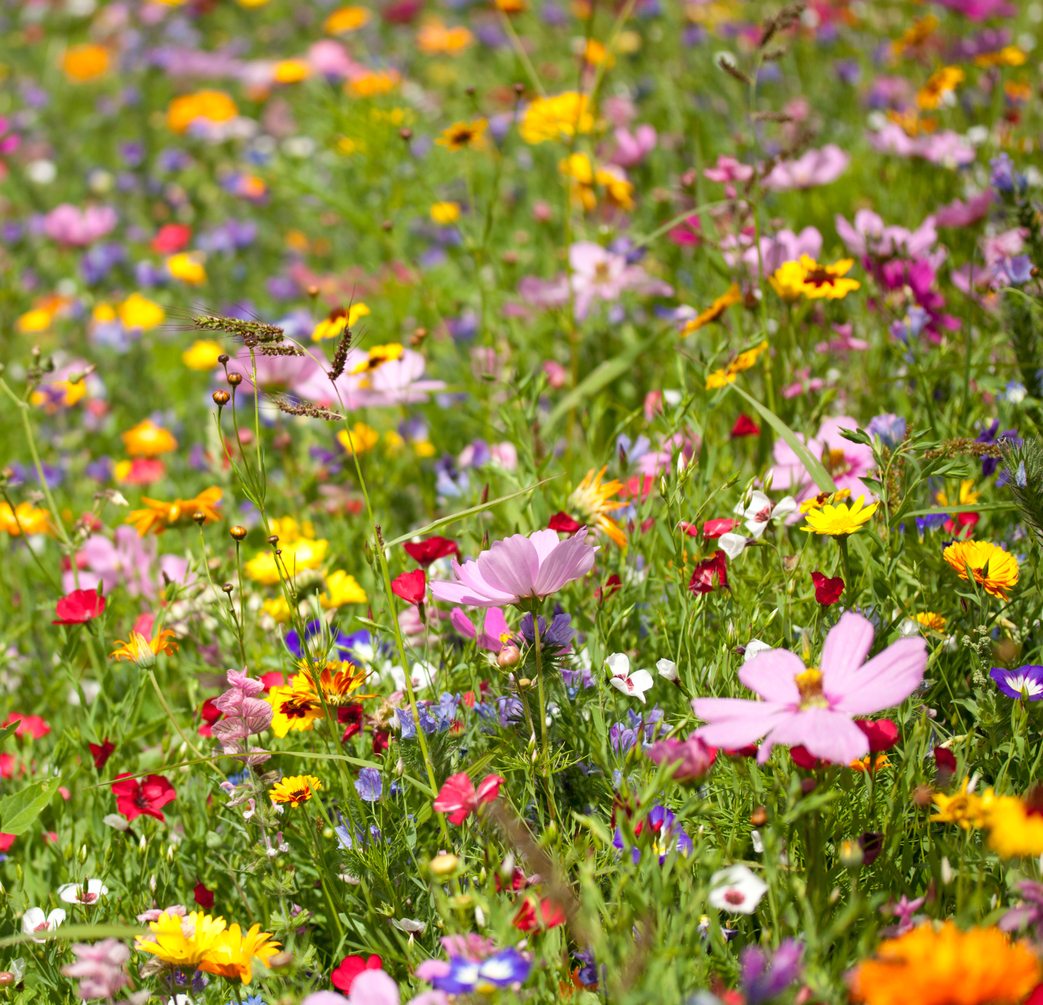Wildflowers For Zone 5 Gardens: Tips On Planting Wildflowers In Zone 5


Gardening in USDA plant hardiness zone 5 can present certain challenges, as the growing season is relatively short and winter temperatures can drop to -20 degrees F. (-29 C.) However, there are many cold hardy wildflowers that provide a bright splash of color, frequently lasting from early spring until the first frost.
Wildflowers for Zone 5 Gardens
Here is a partial list of cold hardy wildflowers for zone 5.
- Black-eyed Susan (Rudbeckia hirta)
- Shooting star (Dodecatheon meadia)
- Cape marigold (Dimorphotheca sinuata)
- California poppy (Eschscholzia californica)
- New England aster (Aster novae-angliae)
- Sweet William (Dianthus barbatus)
- Shasta daisy (Chrysanthemum maximum)
- Columbine (Aquilegia canadensis)
- Cosmos (Cosmos bipinnatus)
- Wild bergamot (Monarda fistulosa)
- Bottle gentian (Gentiana clausa)
- American blue vervain (Verbena hastata)
- Penstemon/beard tongue (Penstemon spp.)
- Turk’s cap lily (Lilium superbum)
- Scarlet flax (Linum grandiflorum rubrum)
- Fringed bleeding heart (Dicentra eximia)
- Swamp milkweed (Asclepias incarnata)
- Yarrow (Achillea millefolium)
- Cardinal flower (Lobelia cardinalis)
- Rocky mountain bee plant (Cleome serrulata)
- Swamp sunflower (Helianthus angustifolius)
- Foxglove (Digitalis purpurea)
- California bluebell/desert bells (Phacelia campanularia)
- Bigleaf lupine (Lupinus polyphyllus)
- Bachelor’s button/cornflower (Centaurea cyanus)
- Scarlet sage (Saliva coccinea)
- Oriental poppy (Papaver orientale)
Tips on Planting Wildflowers in Zone 5
When choosing zone 5 wildflowers, consider not only hardiness but factors such as sun exposure, soil type, and available moisture, and then choose seeds suitable for your specific conditions. Most wildflowers need well-drained soil and plenty of sunlight. When planting wildflowers in zone 5, keep in mind that some types of wildflowers can be aggressive. Your local Cooperative Extension office or a knowledgeable nursery or garden center can advise you about wildflowers that may be problematic in your area. A wildflower seed mix consisting of perennials, biennials, and self-seeding annuals are generally easy to grow and provide the longest possible blooming season. Mid to late autumn is prime time for planting wildflowers in zone 5. This may seem counter-intuitive, but cold weather and moisture will promote germination the following spring. On the other hand, spring-planted wildflowers that aren’t well-established by autumn may be killed by winter freezes. If your soil is badly compacted or clay based, add organic matter such as compost or well-rotted manure into the top 6 inches (15 cm.) of soil before planting.
Sign up for the Gardening Know How newsletter today and receive a free copy of our e-book "How to Grow Delicious Tomatoes".

A Credentialed Garden Writer, Mary H. Dyer was with Gardening Know How in the very beginning, publishing articles as early as 2007.